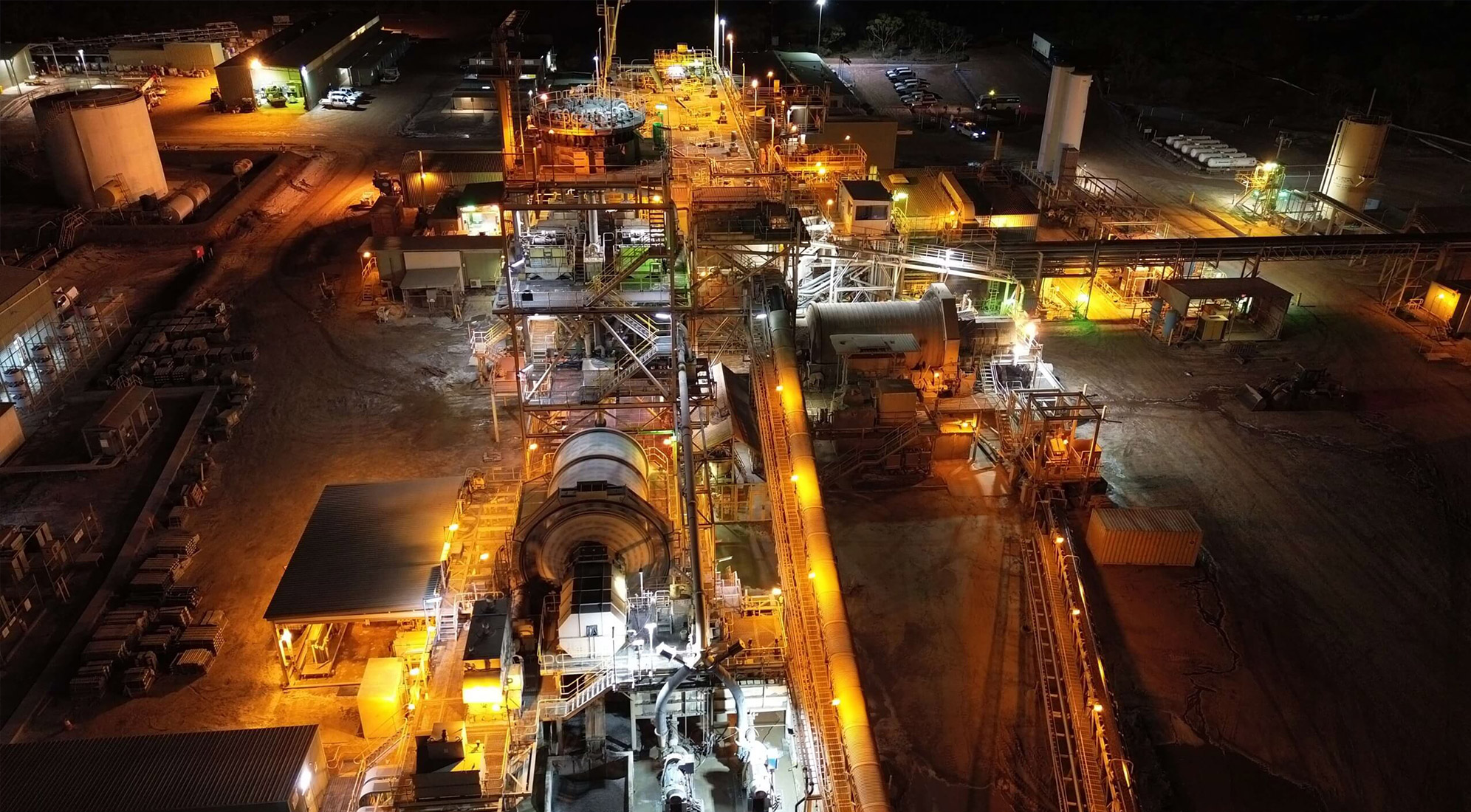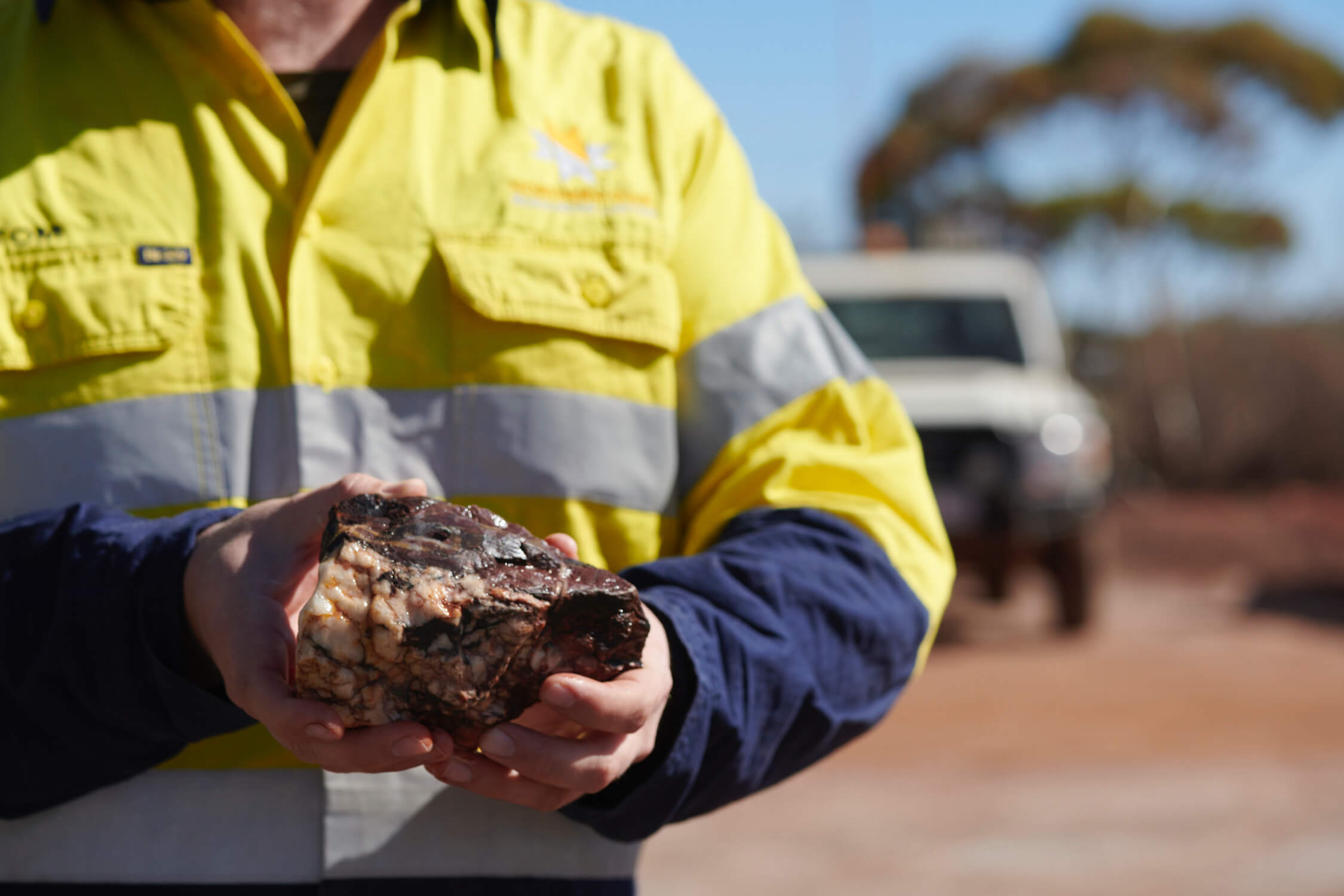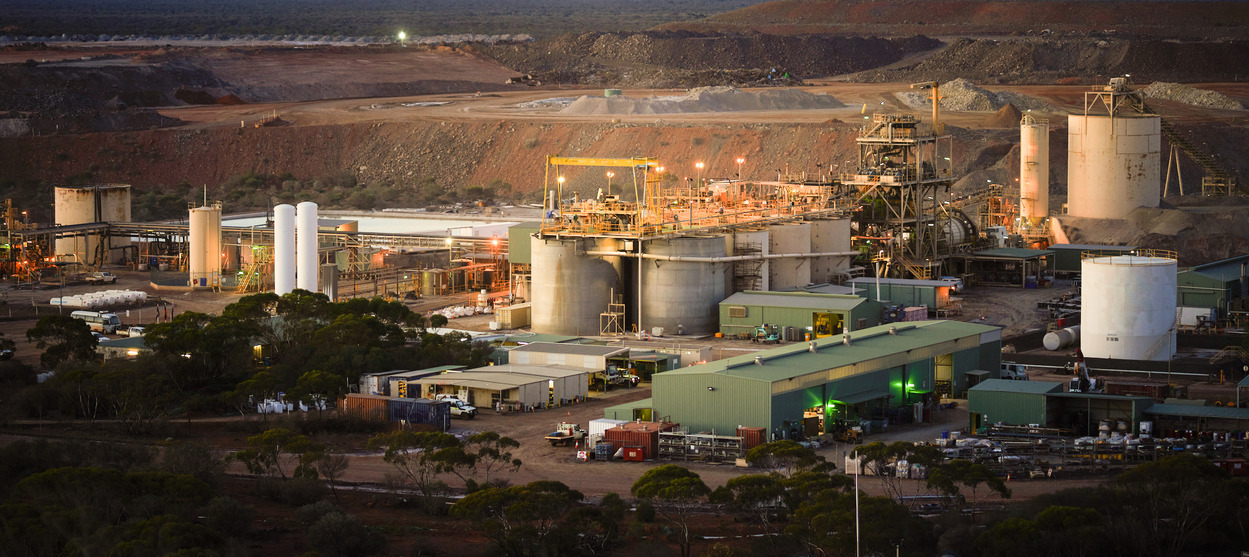Carosue Dam Operations

-
120km northeast of Kalgoorlie, Western AustraliaLocation
-
Open pit and undergroundMine type
-
240kozF25 gold production
-
2010Commenced gold production
-
4,198kozMineral Resources at 31 March 2025
-
917kozOre Reserves at 31 March 2025
-
400Employees
-
FIFOEmployment type
Carosue Dam Operations (CDO) are located in one of the world’s most prospective gold provinces, incorporating the Laverton and Keith Kilkenny tectonic zones.
Carosue Dam Operations (CDO) includes the Carosue Dam and Porphyry Projects. Northern Star acquired the original CDO assets in 2006 and commenced commercial gold production in 2010.

The flagship Karari-Dervish deposit sits along the regional NNW-trending Keith-Kilkenny fault zone within the eastern margin of the Norseman-Wiluna greenstone belt.
The deposits are lithologically and structurally controlled. Mineralisation is hosted in broad hematite altered sandstone units with a central high grade siliceous core often characterised by quartz veining and sulphides.
Mining
The Karari-Dervish underground mining centres are located directly adjacent to the CDO processing plant. The mining method employed at Karari-Dervish is long hole open stoping. The open stopes are backfilled with cemented paste fill utilising tailings from the CDO Mill.
The orebody is accessed via two declines, with 25m levels accessed via an end on access with strike ore drives and then stoped out via longitudinal retreat stoping.
Underground development and production activities are completed by an external contractor with Northern Star providing all technical, management and support services.
The Porphyry mining centre is located ~45km north of the CDO plant and is accessed by private haul roads and supported by the main CDO Operations.
There is currently one open pit operation at Wallbrook, along with the Porphryr underground operation (commenced October 2022) being mined. All ore is hauled to the CDO mill via road trains.
Mining operations at Porphyry are managed by our open pit mining team and our mining services division, Northern Star Mining Services (NSMS).

The Carosue Dam processing circuit is a conventional CIL plant with a hard rock processing capacity of 4.0Mtpa. The process consists of secondary crushing with a single toggle jaw crusher followed by a cone crusher, in closed circuit with a double deck screen. The crushing circuit presents feed to a low aspect primary mill followed by a secondary regrind mill. The grinding circuit incorporates a gravity circuit followed by a CIP process.







